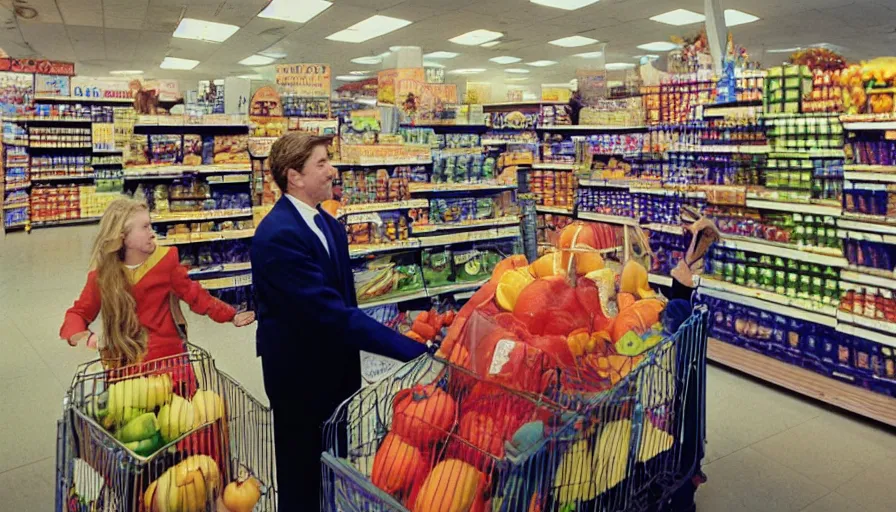With the dawning of the internet and a questionable fashion sense, the 1990s were the start of the world of modern technology as we know it. The pioneering of independent films and gene therapy trials paved the way for impressive advancements in technology. If you talk to your parents, they’ll probably tell you how much cheaper things were back then, thanks to inflation and the rising cost of groceries. We can take a look at certain items and trends, and compare them to their prices thirty years ago. It was certainly a different world back then.
Economic factors, including COVID, the war in Ukraine, and droughts made the perfect recipe for increased prices. Things might get worse before they get better, and we could expect another rise in food items before it levels out. Maybe it’s time we stock up on all those cans of beans so we get them for a cheaper price. You’ll probably wish you could go back in time and purchase some of these items as they were in the 1990s.
Flour

Flour, a fundamental ingredient for baking cakes and bread, is cherished for its versatility and culinary performance; however, its accessibility does not come without a price. Over the years, the cost of flour has exhibited noteworthy fluctuations, with a 20% increase in 2022 alone, resulting in approximately 40 cents added to the price of each 5 lbs bag compared to 2021, culminating in an approximate cost of $3.00 per bag in 2023. Currently, flour costs around $4.50 per bag in 2025.
This significant price surge over three decades has significant implications for both the baking industry and consumers, as it contributes to higher production costs and, subsequently, elevated prices for baked goods, such as the popular loaf of sourdough, which may now command a price exceeding ten dollars. The escalating cost of flour underscores the intricate dynamics of the supply chain and market forces in the baking industry, emphasizing how seemingly mundane ingredients can profoundly impact our daily lives and culinary indulgences. (SF Standard).


































